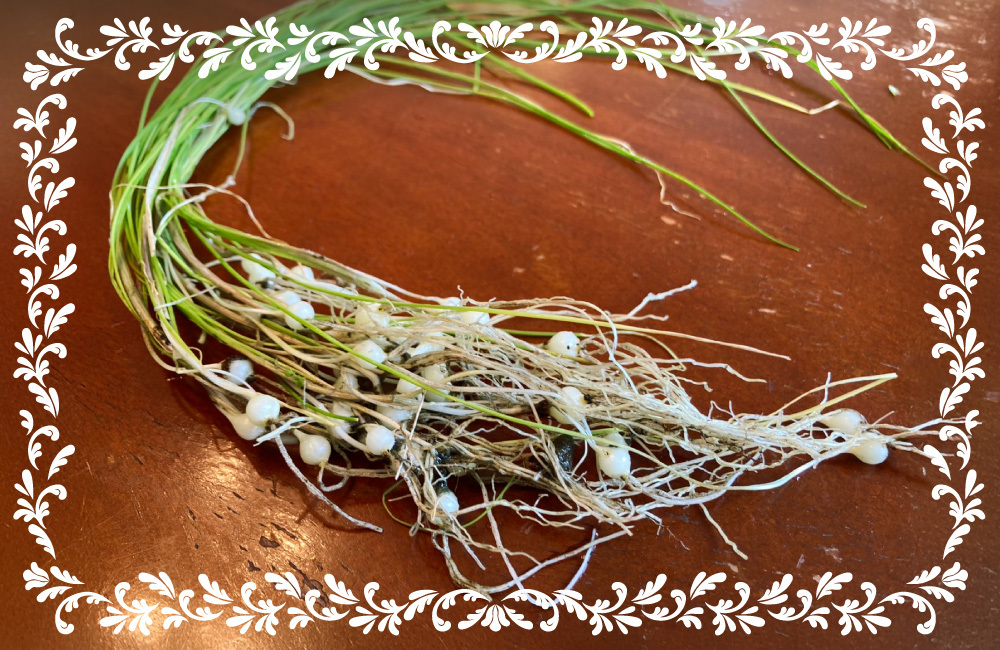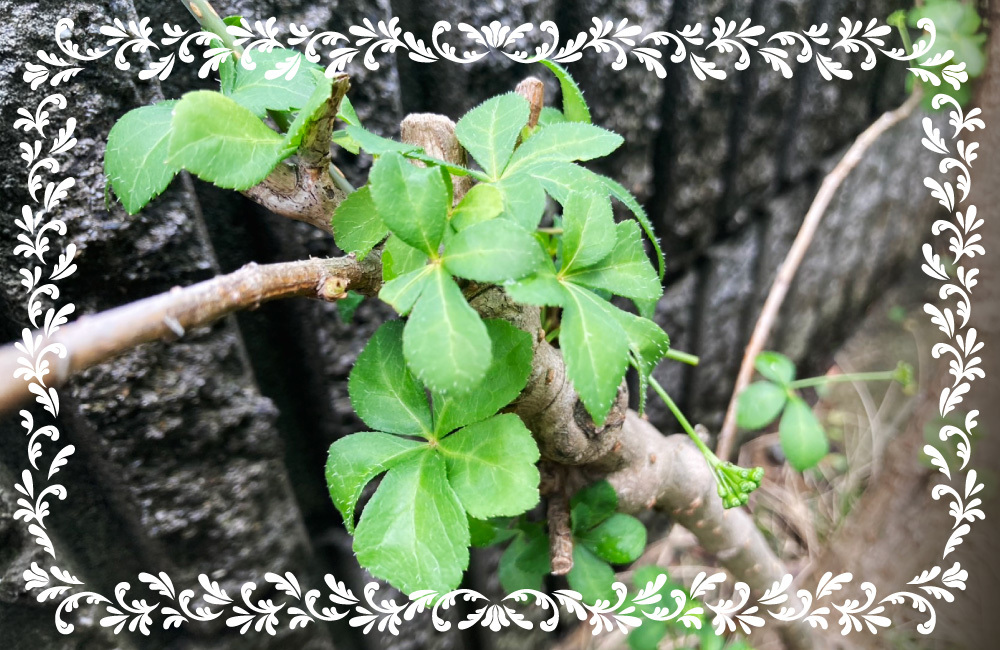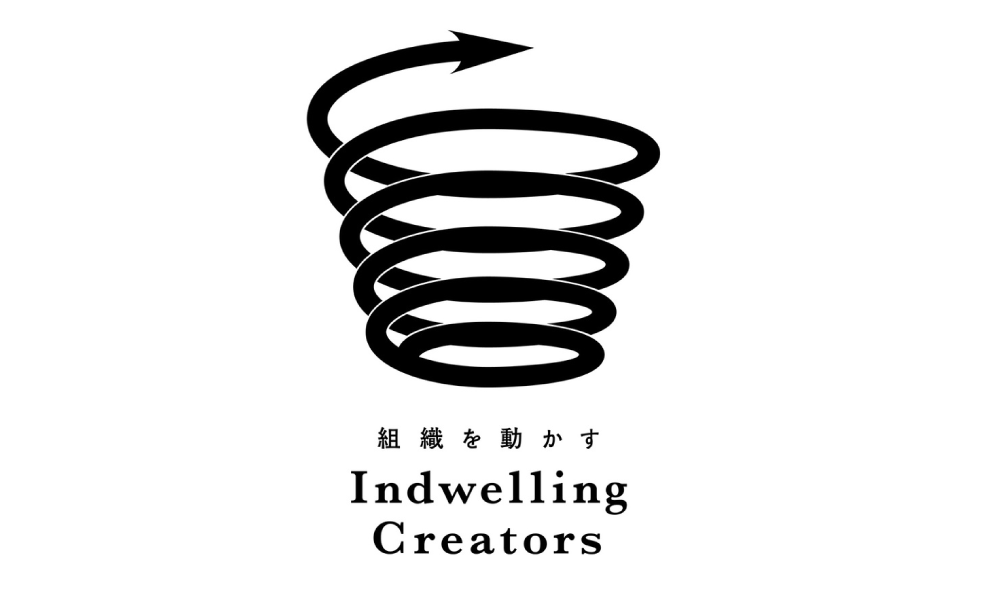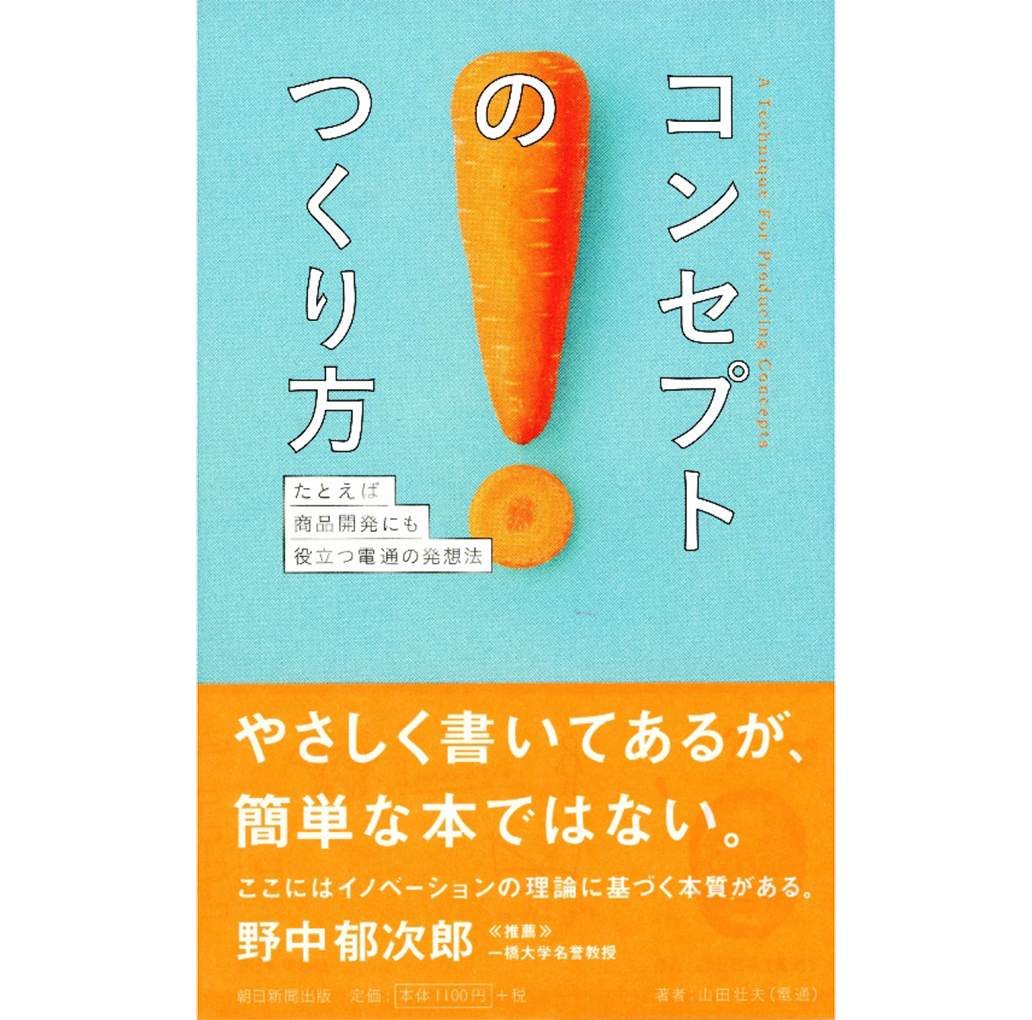When I ask new clients, "Is your company sufficiently engaged in 'dialogue' aimed at innovation?", the typical response is: "Yes, I believe so. We hold regular information exchange meetings not only within the same department, but also between sections like product planning and sales."
Well, that's to be expected. My question was poorly phrased.
The "dialogue" I was actually seeking refers to a process where participants fully engage their experiences, beliefs, and values to discuss matters. This allows them to discover "new solutions" beyond seemingly conflicting viewpoints. It involves pursuing the "essence" together as a unified group, without fixating on logical wins or losses.
For example, in many workplaces today, "sales acquisition" and "brand development" seem to be treated as mutually exclusive, separate objectives. Admittedly, this approach allows for efficient work in the short term, free from the hassle of "complicated matters."
However, this approach prevents any progress toward the core questions: "What is business?" and "Why are we in business?" Over the medium to long term, this will inevitably lead to organizational exhaustion.
While it might sound overly formal to spell it out, let's call this process—where participants engage in earnest dialogue with their whole selves—a "creative dialogue." When attempting such efforts, it often leads to either prolonged silence or a list of well-known "correct arguments," rarely yielding good results.

Sansho
There are three main reasons for this.
First is a lack of crisis awareness. It's common for participants to genuinely believe there's no need to go through such trouble to spark "innovation." Surprisingly, even when their market or flagship product is declining, a strange optimism can dominate the company. This tendency isn't limited to large organizations mocked for "corporate bureaucracy" – it's visible in small and medium-sized enterprises too.
The foundation for creative dialogue is a sense of urgency, akin to trapped companions collectively devising a way out of a cave. It requires facing each other as a single, shared destiny, without distinction between self and others, in utter darkness.
To cultivate this, with new clients, we typically start by envisioning "a future that is merely an extension of the present." If that satisfies them, that's perfectly fine. It's only when that proves insufficient that the need for "innovation" truly becomes apparent. Those who are "unaware they are trapped in a cave" will not seek solutions, no matter how much others try to engage them.

Yomogi
The second is "subjectivity." Since the goal of creative dialogue is a "new solution" unbound by conventional wisdom, relying solely on "objectivity" constrained by that conventional wisdom is insufficient. But concretely, how should we utilize both "subjectivity" and "objectivity" in our thinking?
The hint lies in the "epoché" approach proposed by philosopher Husserl. Even meticulously analyzed data (objective information) is temporarily "bracketed" and first absorbed internally with a "Ah, I see. Hmm." Similarly, a rumor overheard by chance (subjective information) is also "bracketed" with a "Ah, I see. Hmm." This involves setting aside "value judgments" about whether it's correct or useful, welcoming all information on equal footing.
Yet in reality, how many people believe they must present "correct information (i.e., objectivity)" when it comes to "work"? This tendency is visible even in small and medium-sized enterprises, which should be open and flexible, where young people with flexible thinking are increasingly "seriously" trained.
While short-term efficiency demands this to some extent, we must firmly recognize that "subjectivity" – personal experiences, beliefs, and values – is indispensable for innovation. My practice of sharing silly stories with new clients or inviting them to lunch stems from a desire to pierce the rigid, objective atmosphere of such organizations.

Nobiru
Now. When participants, united as "comrades trapped together in a cave," clash their entire personalities and a "new solution" begins to emerge—a consensus of "this is the only way forward"—an incident often occurs. The leader applies the brakes, asking, "Is there any guarantee that will succeed?" This brings us to the third point: "Practice."
Of course, reckless challenges make a leader unfit for the role. However, as discussed in this column, if there's a solid "concept (new solution)," you can estimate both the potential outcomes and risks ahead. If necessary, limited testing is also a good approach. Innovation is born through "dialogue" and "practice," yet there seems to be a fear of actually "practicing."
In the real business world, there is no eternally shining "absolute correct answer." We can only seek the "best possible solution here and now" within a constantly changing reality. By experiencing "practice," we must cultivate the subjective insights that will fuel the next round of "dialogue."
What do you think? Is your organization capable of "creative dialogue"? If it's not working well, the problem might lie somewhere in "crisis awareness," "subjective perspective," or "practice." Please consider this.

Ukoji
In the warm sunshine, my garden reveals seasonal delights like sansho pepper and mugwort. The wild garlic sprouting everywhere—though I never planted it—feels somehow scary to eat. My favorite, though, is the ukogi (five-leaf aralia). Pluck the new shoots, blanch them briefly, and place them on rice to savor their tender wild flavor.
These leisurely family meals, with their casual conversations, may be far from serious creative dialogue, but they are incredibly precious moments in their own right.
Please, help yourself!

For more details on Sōo Yamada's "Indwelling Creators" initiative, click the logo.














